The rise of ‘extreme weather attribution’
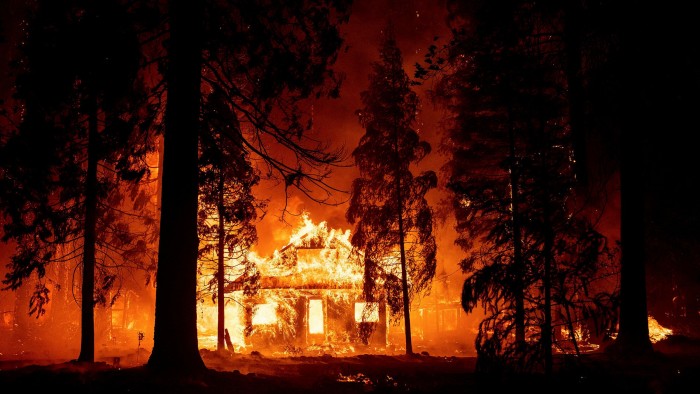
Simply sign up to the Climate change myFT Digest -- delivered directly to your inbox.
Houses slumped at odd angles into murky water, surrounded by debris and pipes that had not long since been underground. Crumpled cars were left stranded in roads that had become rivers.
These were the scenes in areas of Germany and Belgium last July, after torrential rain led to devastating flooding. It left large areas submerged, caused widespread wreckage and left more than 150 dead.
Only a few days later, images from halfway around the world emerged of water-filled subway stations in the Chinese city of Zhengzhou, which was hit by record rainfall.
They formed part of a series of extreme weather events that occurred in quick succession in mid 2021, and focused minds on the growing threats from climate change. Yet politicians, news broadcasters and scientists struggled to articulate precisely how warming had contributed to the disasters.
“The sum of all events that we are witnessing in Germany and the forces with which they occur all suggest . . . that it has something to do with climate change,” said Angela Merkel, the then German chancellor, in the aftermath of the flooding.
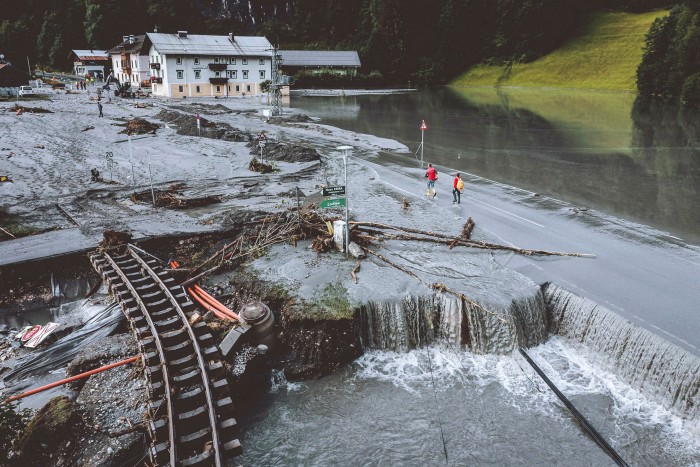
The media explained that a warmer atmosphere could hold more moisture, making heavy rainfall more likely — but stopped short of blaming the flooding in Europe and China squarely on climate change.
However, one scientist took umbrage with a stock phrase being used by the BBC, that “linking any single event to global warming is complicated.” The science had “moved on,” said Ed Hawkins, a professor of climate science at the University of Reading. “How about ‘experts say that climate change is already increasing the frequency of extreme weather events, and many single events have been shown to have been made worse by global warming’ instead?” he suggested.
More stories from this report
Young people are on the frontline of this fight
We must pay the cost of carbon if we are to cut it
Why the greenhouse effect matters
Carbon counting: how much do your lifestyle choices cost the planet?
Liz Thomas: my career drilling ice cores in Antarctica
Climate tech investment boom offers hope
Climate champions around the world
The thirst for knowledge about how climate change influences natural disasters has encouraged the growth of a fast-developing field of study: extreme weather attribution.
That climate change is altering the weather we experience is not disputed: last year, the world’s top climate scientists said in a major United Nations report that “unprecedented” weather events would become more common as a result of warming.
The challenge is understanding how rising temperatures influence individual fires, floods or storms. Scientists say this means looking at how much more likely an extreme event was made by climate change, and how much more severe.
“The fundamental question at the heart of attribution science is: in the absence of climate change, how would this situation be different?” says Rupert Stuart-Smith, a research associate in climate science and the law at the University of Oxford.
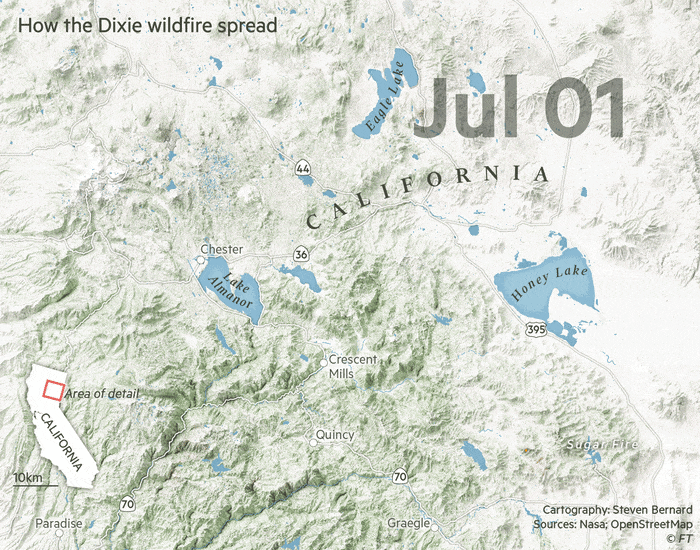
Identifying cause and effect requires a lot of brainpower — human and computerised. Researchers run computer simulations of the Earth’s climate system to see how often an event would occur in different scenarios. They could include the world 500 years ago, the world today and the world in, say, 100 years’ time.
Some models are very “zoomed in” and cover relatively small areas of land. That is useful for understanding wildfires, for example, which are strongly influenced by very local weather conditions. Other models are much more “zoomed out”, such as those used to analyse heatwaves that affect much larger areas.
The scientists crunch the numbers by looking at how often the extreme event occurred in each scenario modelled, and decide whether climate change made it more likely or severe.
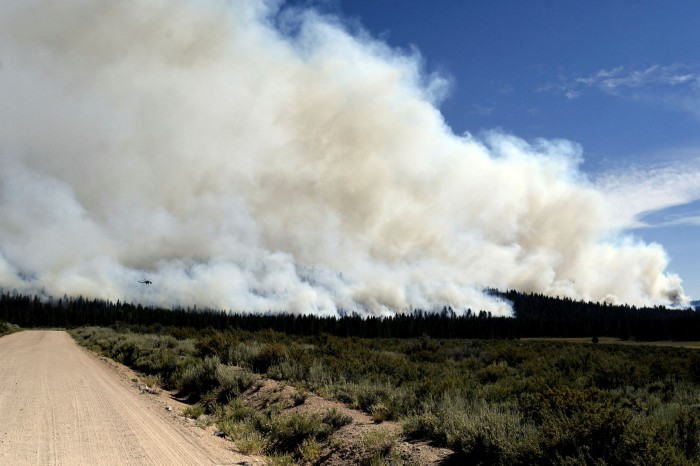
However, no weather event is caused by climate change alone. Extremes, and how much damage they do, will be the result of numerous factors, including the local weather, such as recent levels of rainfall, and an area’s surroundings and design — does a riverside town have flood defences, for example?
Understanding how all these things come together is crucial for planning. While heavy rains and burst river banks might be unavoidable, communities can have plans in place to help minimise the damage.
It is essential that we learn practical lessons from these extremes, says Tim Palmer, Royal Society research professor of climate physics at Oxford university. “Ultimately, this is going to have to lead to big decisions about how to rejig our infrastructure so that it is more resilient,” he says.
Last year, Nato secretary-general Jens Stoltenberg also said climate change had clear implications for international security, and that “a lot of military infrastructure will be directly affected by global warming [and] rising sea levels”.
As attribution science gets better, researchers think it may be used in legal cases, to link polluters more directly with climate change and its effects. “There is an increasing recognition in the legal community that evidence of this type is highly relevant for lawsuits,” says Stuart-Smith.
Saúl Luciano Lliuya, a Peruvian farmer, is suing German energy company RWE for its alleged role in driving climate change, and the impact warming is likely to have on the region. Luciano Lliuya wants RWE to help pay for flood defences to protect his town of Huaraz, which is at risk from the nearby Palcacocha glacial lake. The ongoing case could have big ramifications. If successful, copycat cases are likely to spring up, says Stuart-Smith, so we may see many more.
Teacher questions
Explain what extreme weather attribution is.
How do scientists diagnose whether or not an event is due to climate change?
Examine how climate change is expected to have a significant impact on infrastructure and international security.
With reference to the map, explain why this is an effective method of data presentation for showing the spread of a fire.
Alasdair Monteith, Gordonstoun
More at ft.com/geographyclass
Climate Capital

Where climate change meets business, markets and politics. Explore the FT’s coverage here.
Are you curious about the FT’s environmental sustainability commitments? Find out more about our science-based targets here
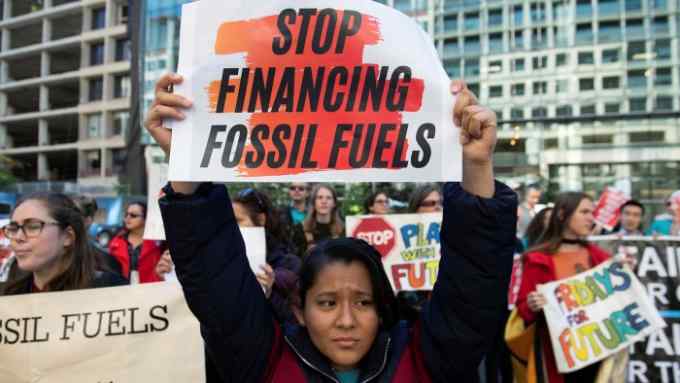
Comments